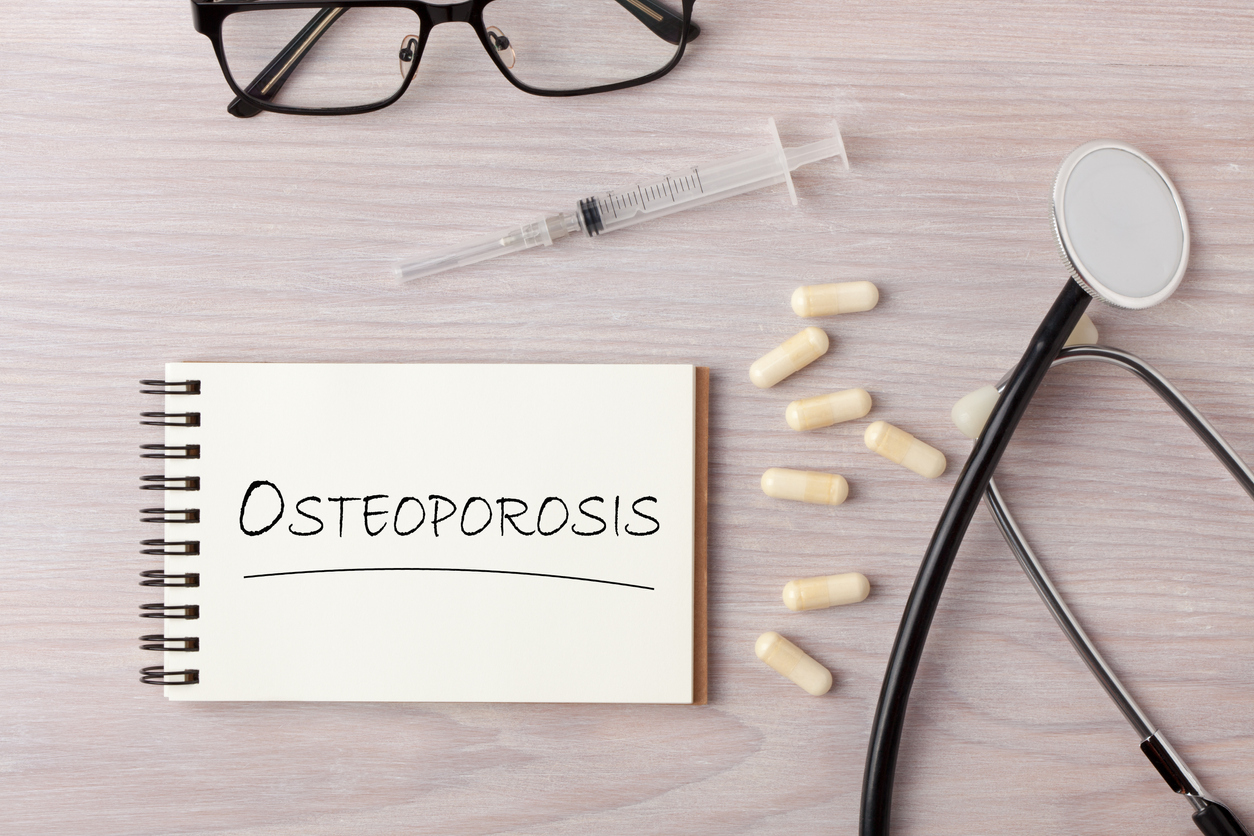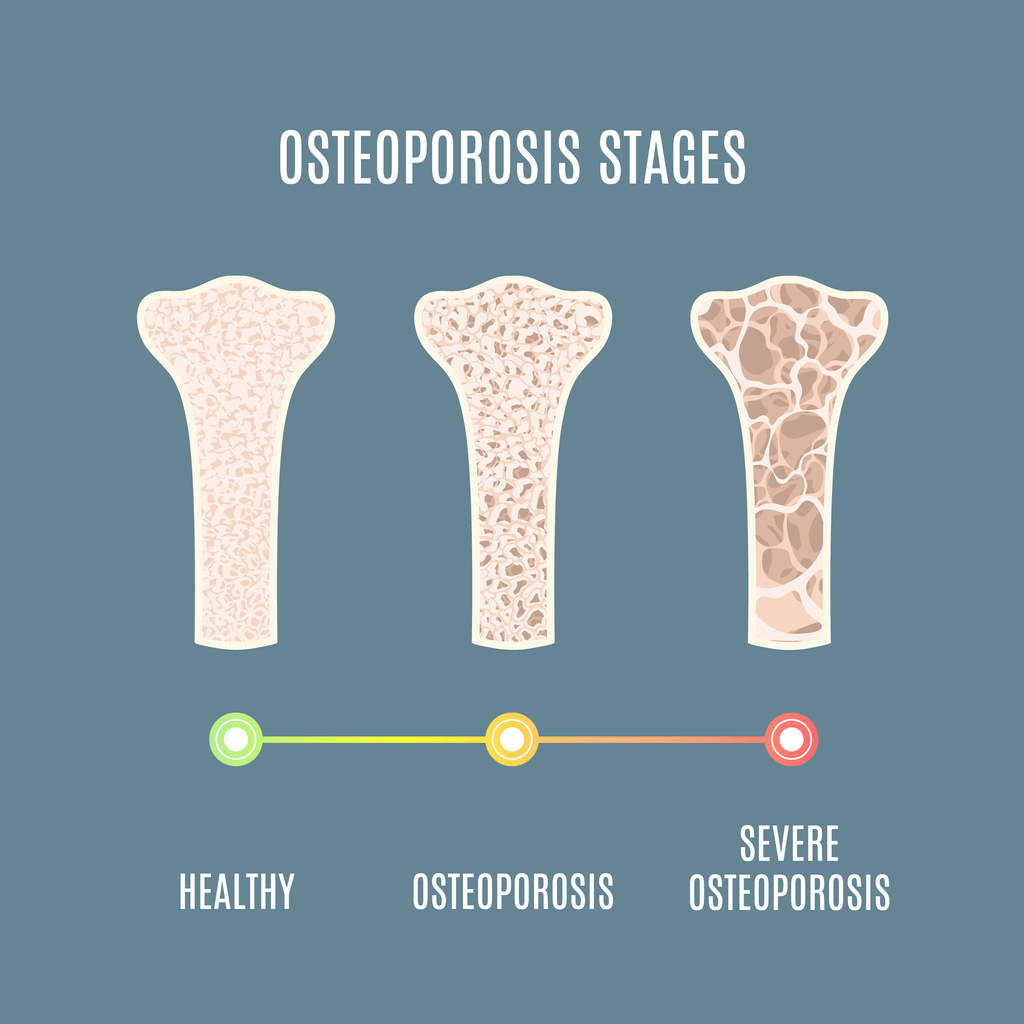Pain
What Is Osteoporosis?

Osteoporosis is a condition that causes porous bones. The inside of a bone resembles a honeycomb. Osteoporosis causes this “honeycomb” spacing to increase, resulting in lost strength and density. The outside of the bones become brittle and weak.
This risk of fractures and breaks is increased with osteoporosis. An activity as simple as walking can cause a bone to fracture. In severe cases of osteoporosis, bones may become so brittle that a break can occur simply from coughing or bending the body. The bones most commonly affected by osteoporosis include the ribs, hips, wrists and spine.
Causes
Bones continually renew themselves as old bone is broken down and replaced with new bone. This process is called bone remodeling. Osteoporosis occurs when new bone production is slower than old bone loss. Bone loss typically begins in the mid 30s.
Symptoms
Symptoms may not occur in the early stages of osteoporosis. If they do develop, they can include the following:
- Brittle or weak nails
- Receding gums
- Weakened grip
Once the bones begin to weaken, symptoms may include the following:
- Decreased height
- Stooped posture
- Back pain
- Neck pain
- Vertebrae compression fractures
Risk factors
The risk of developing osteoporosis increases with age. Although osteoporosis impacts both men and women of all races, post-menopausal Caucasian and Asian women are most at risk. Multiple risk factors can contribute to the development of osteoporosis and include, but are not limited to, the following:
- Smoking
- Menopause
- Excessive alcohol consumption
- Poor nutrition
- Sedentary lifestyle
- Small body frame
- Hormone imbalance, including sex hormones, thyroid, parathyroid, and adrenal glands
- Removal of ovaries before age 40
- Medications, such as corticosteroids and anti-seizure drugs
- Eating disorders
- Gastrointestinal surgeries
- Low body weight
- Family history of osteoporosis
- Medical conditions, such as kidney disease or Cushing’s syndrome
Those at risk of developing osteoporosis should consult a health care provider about proactive steps to delay the onset or prevent the development of the condition.
















